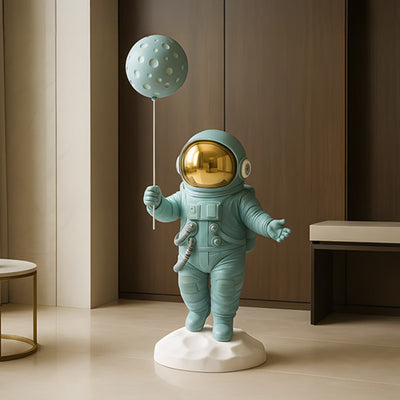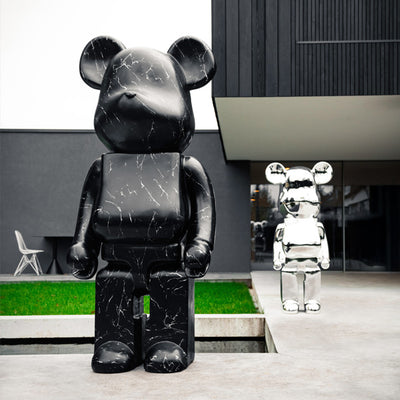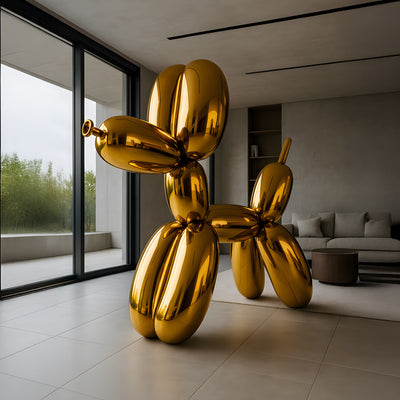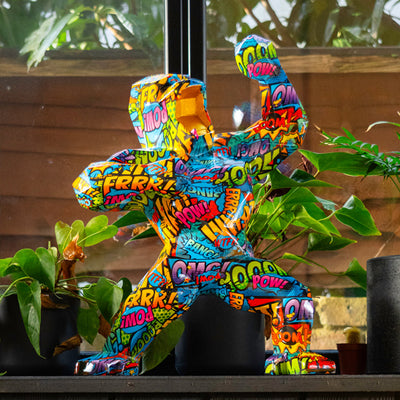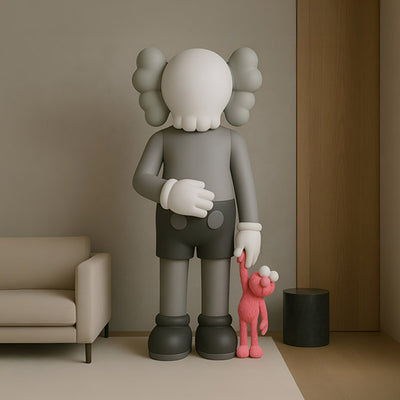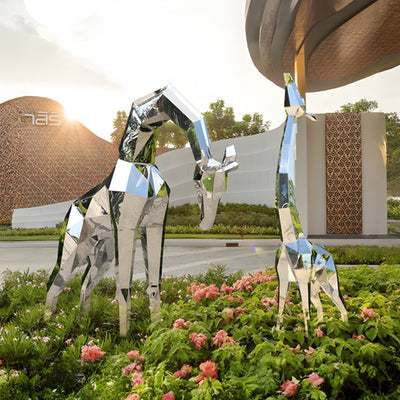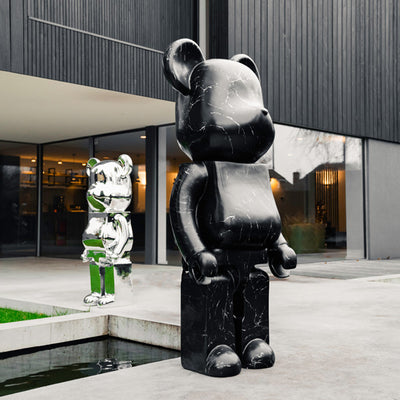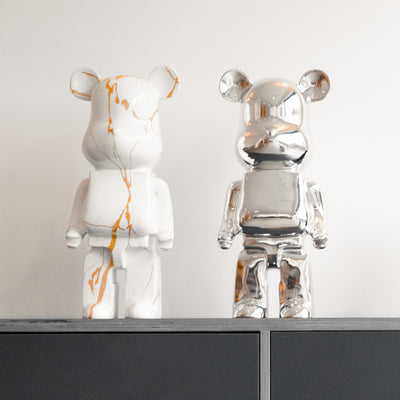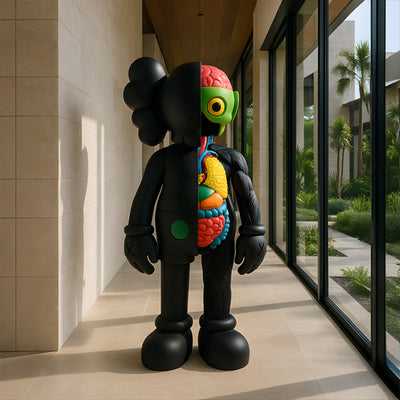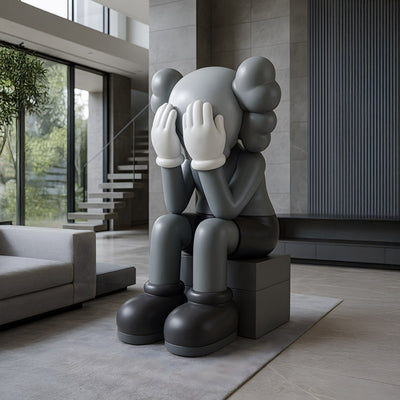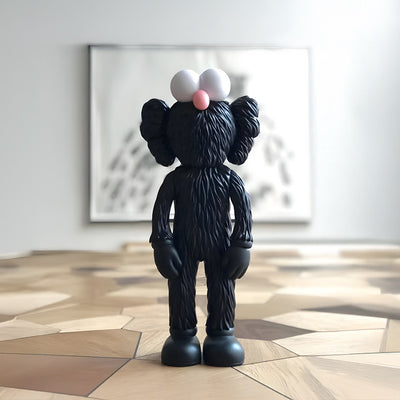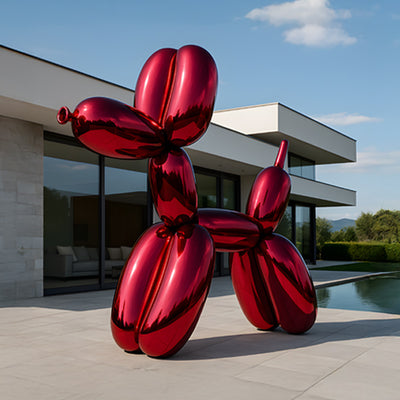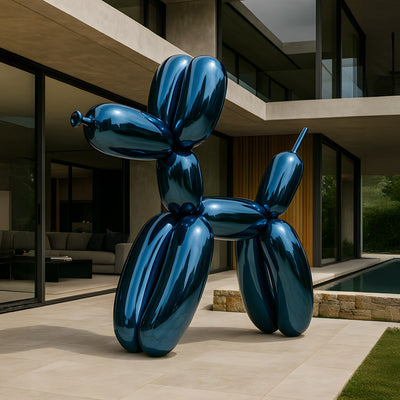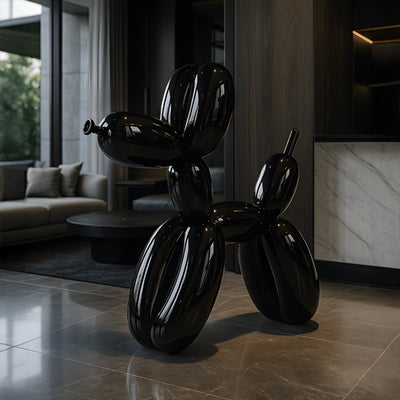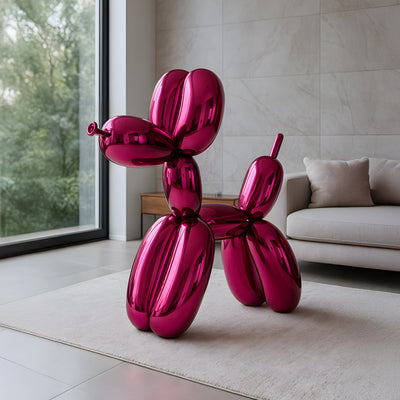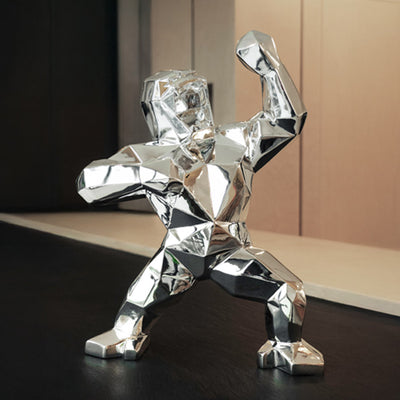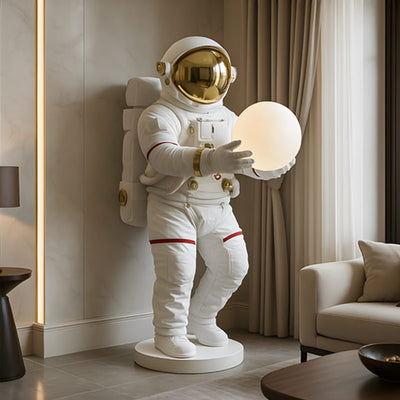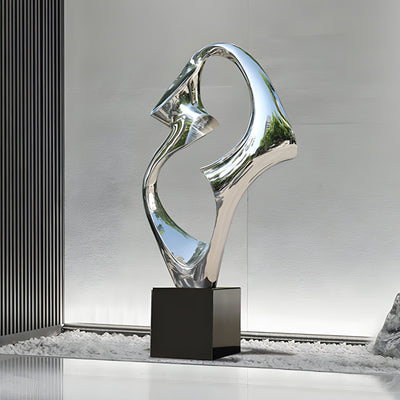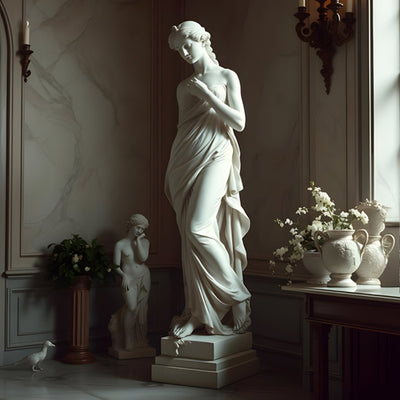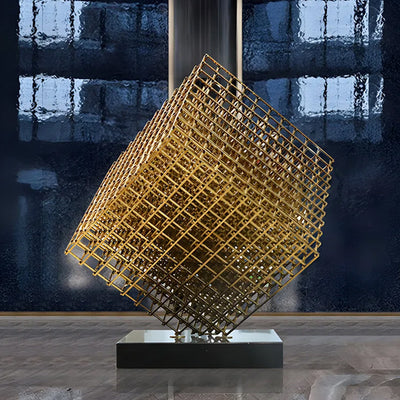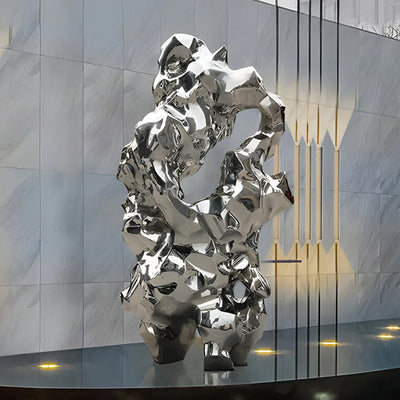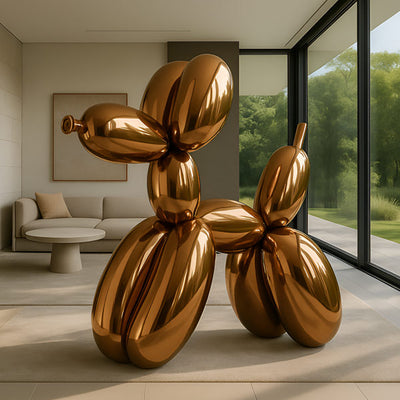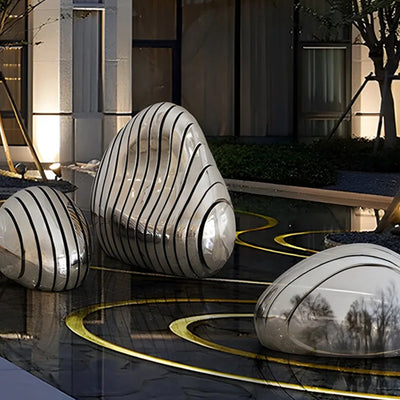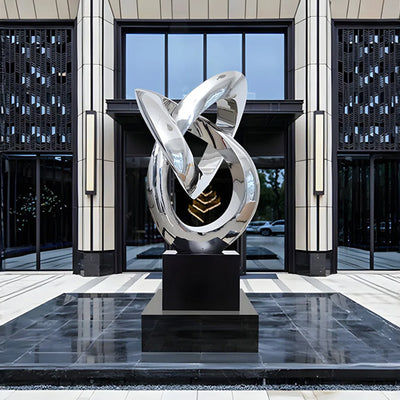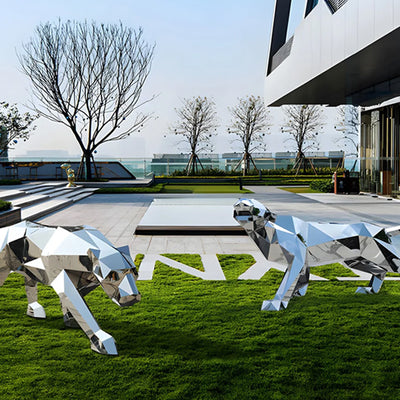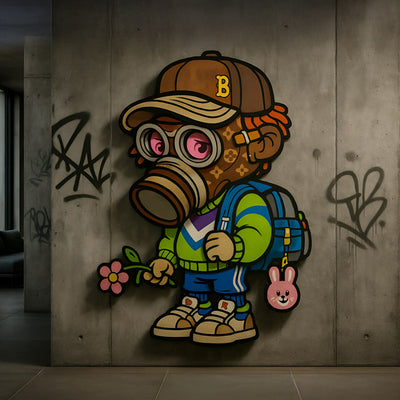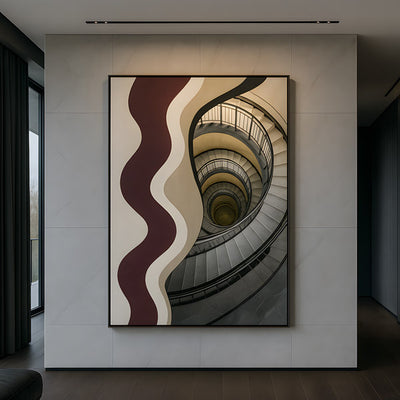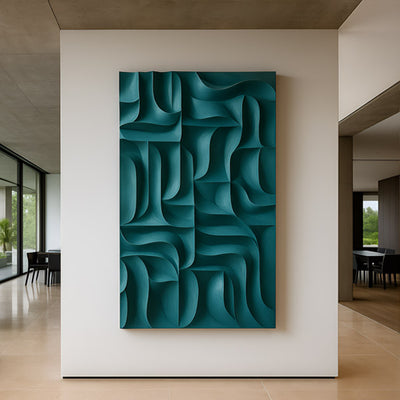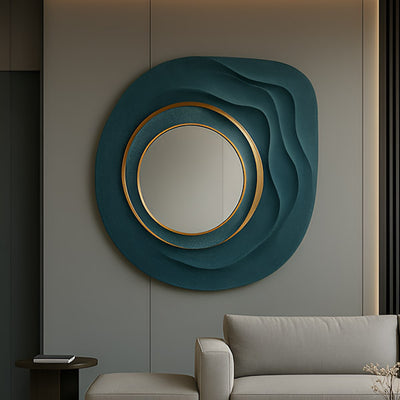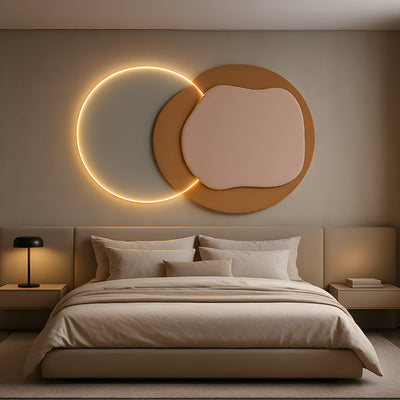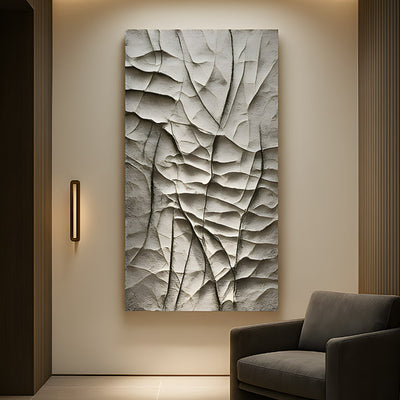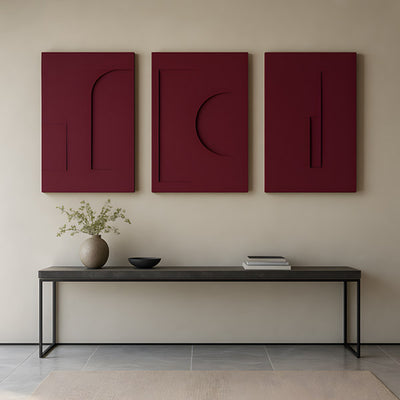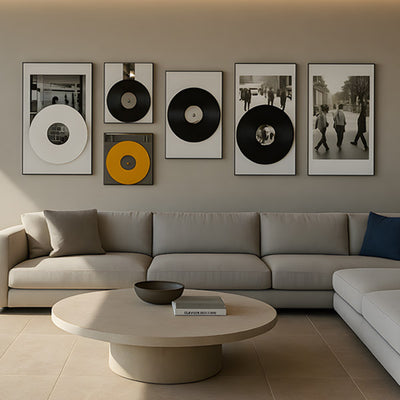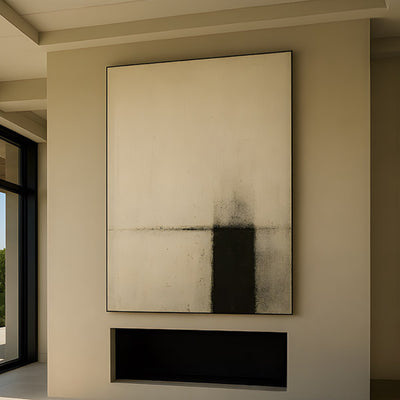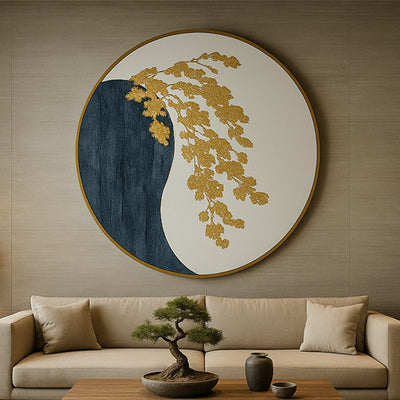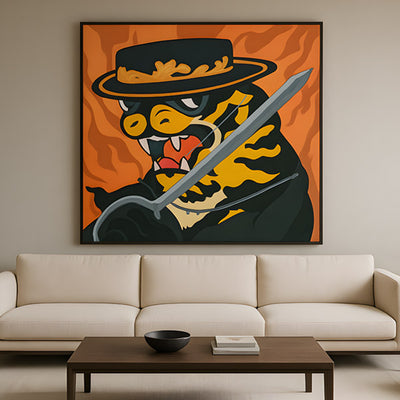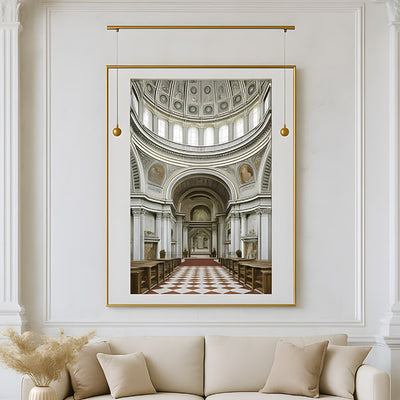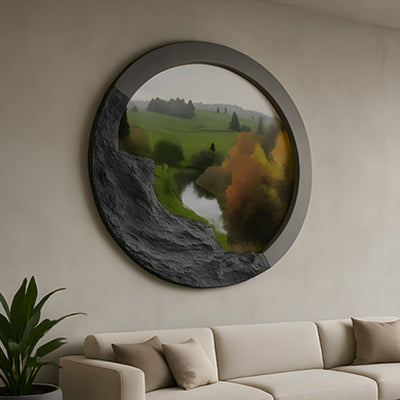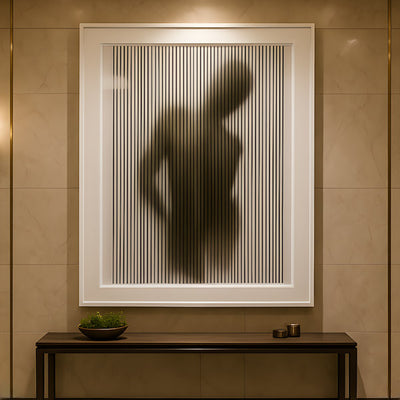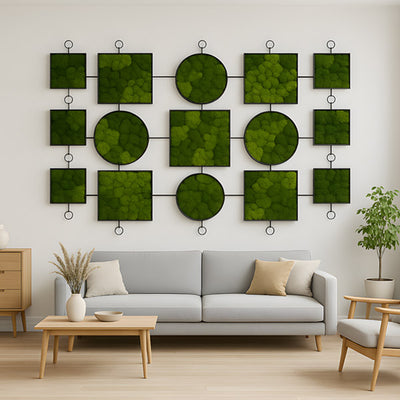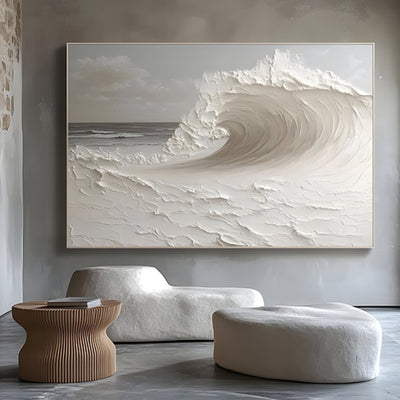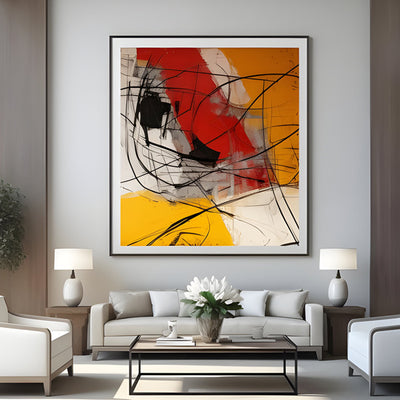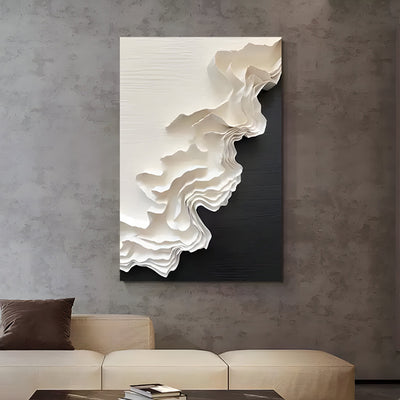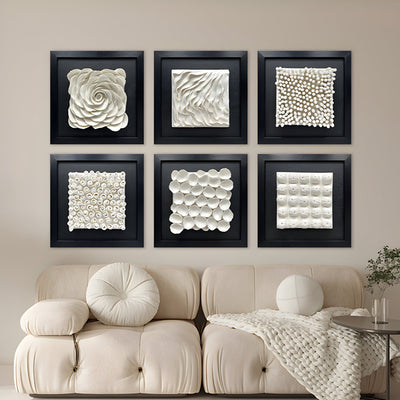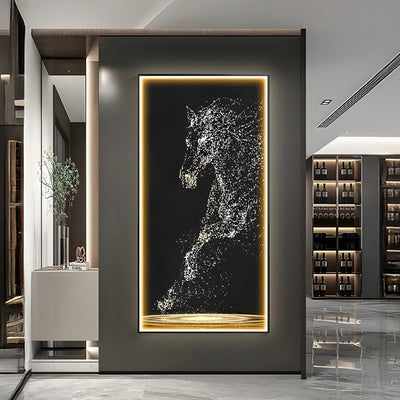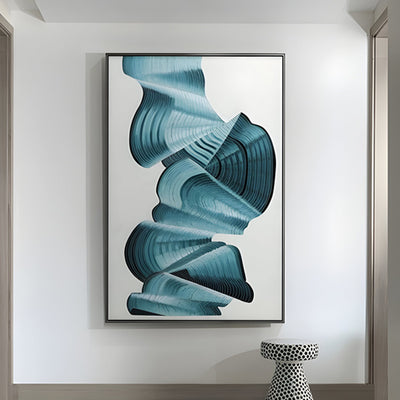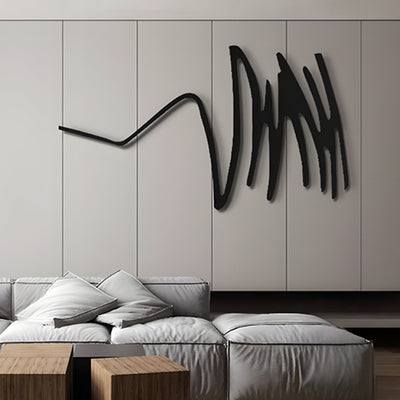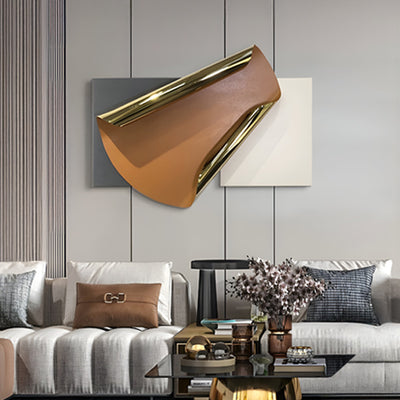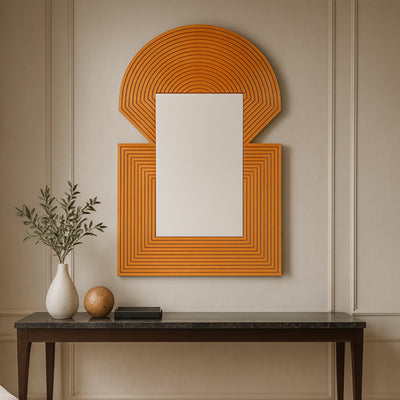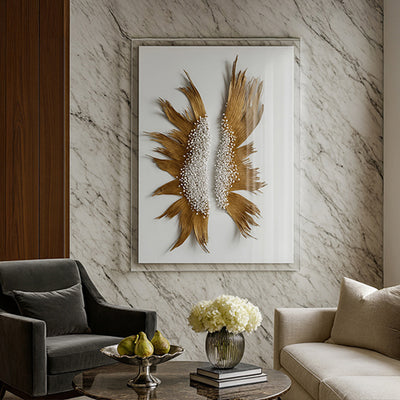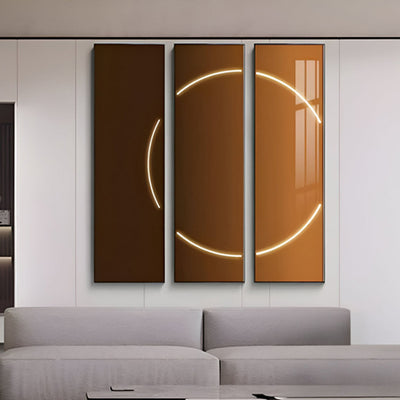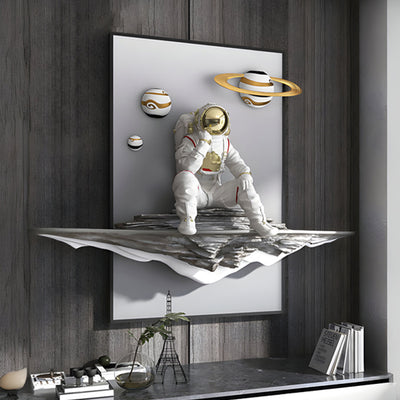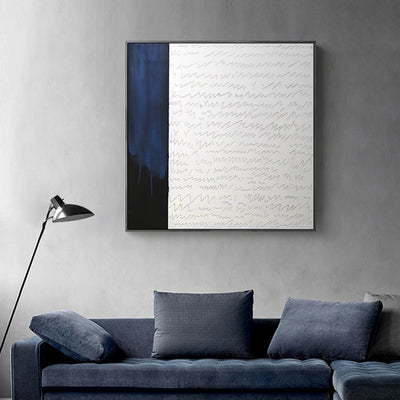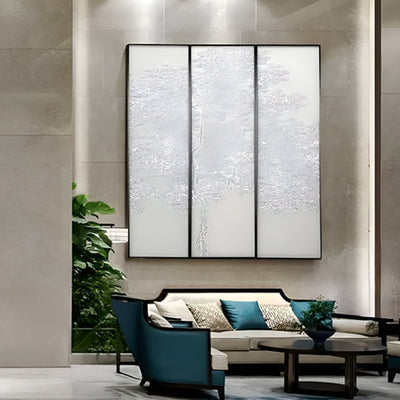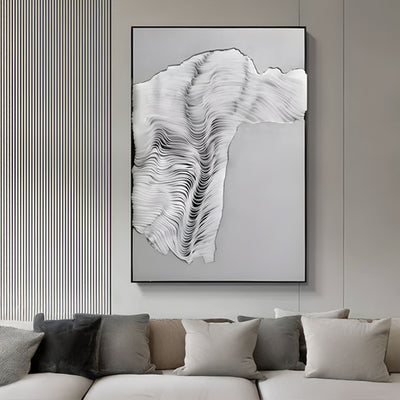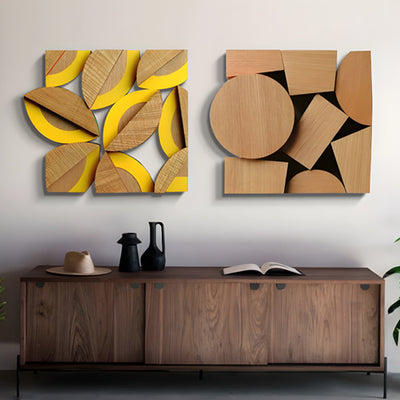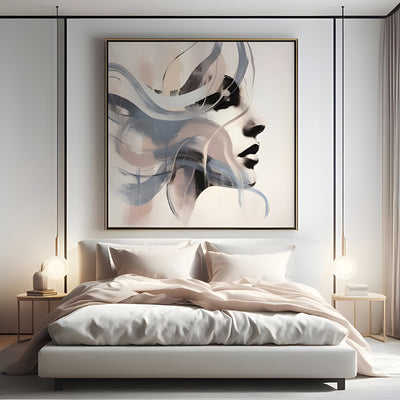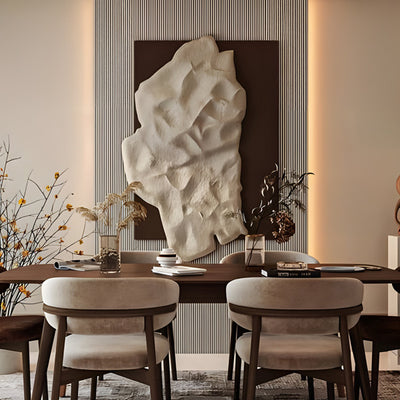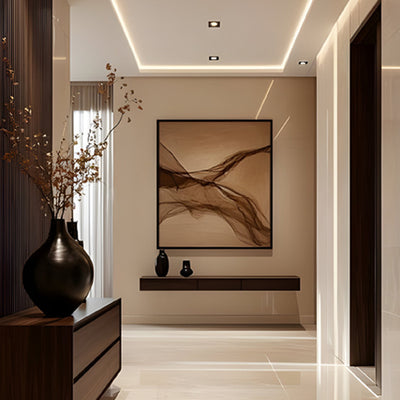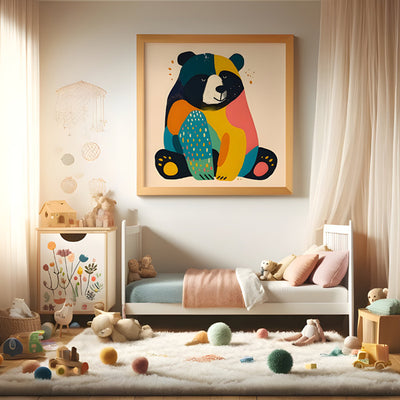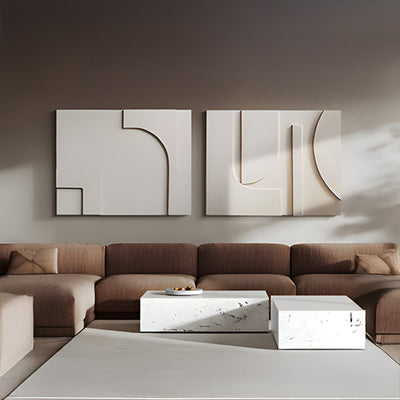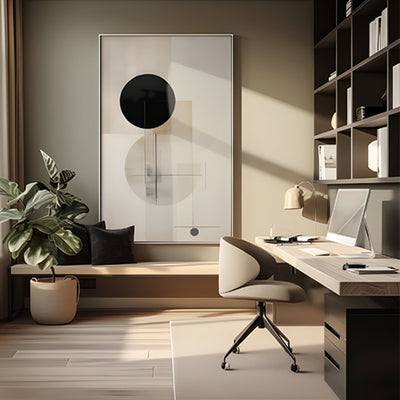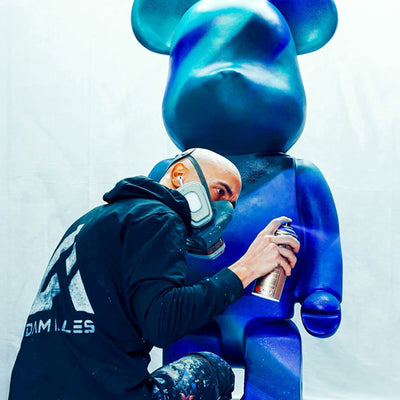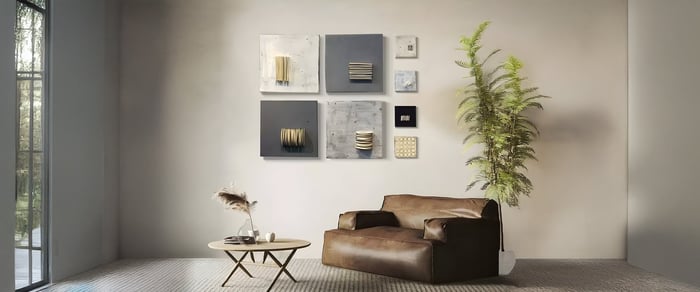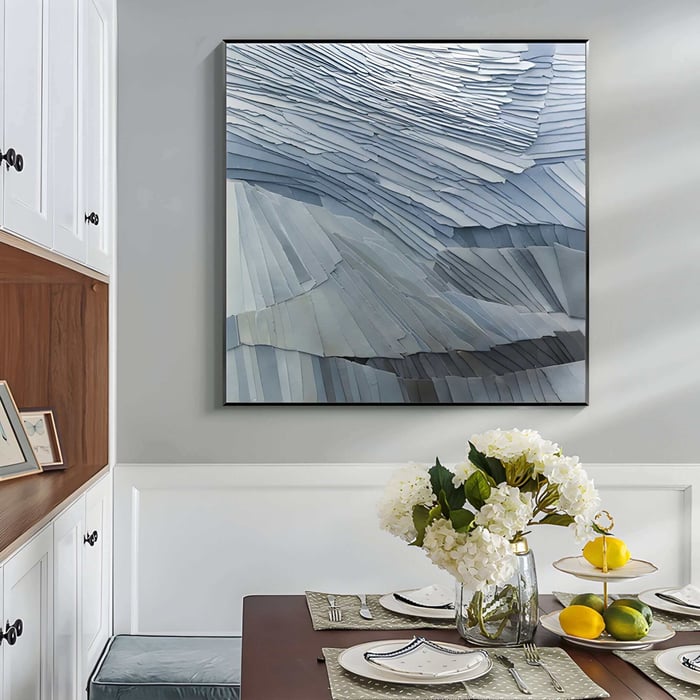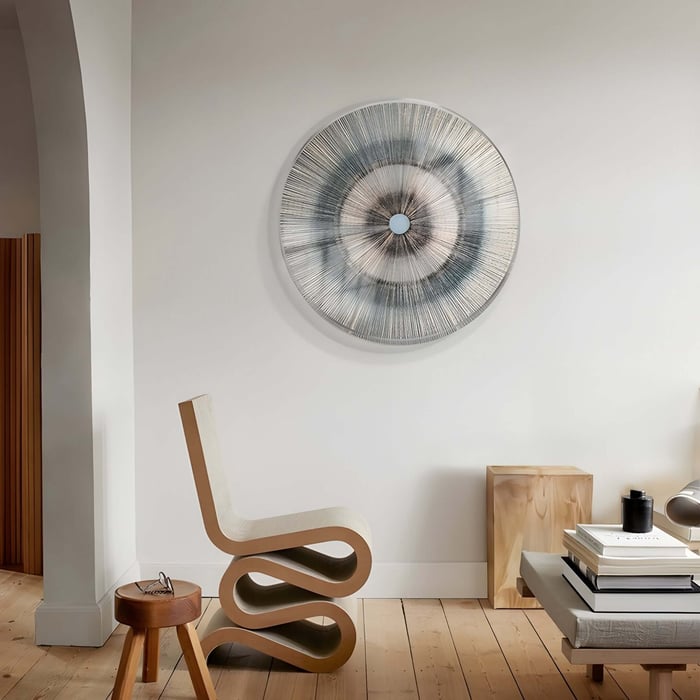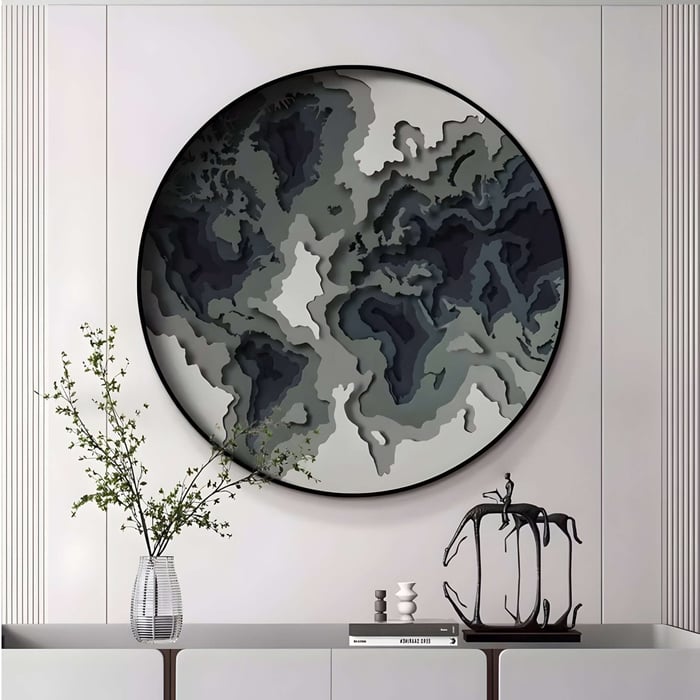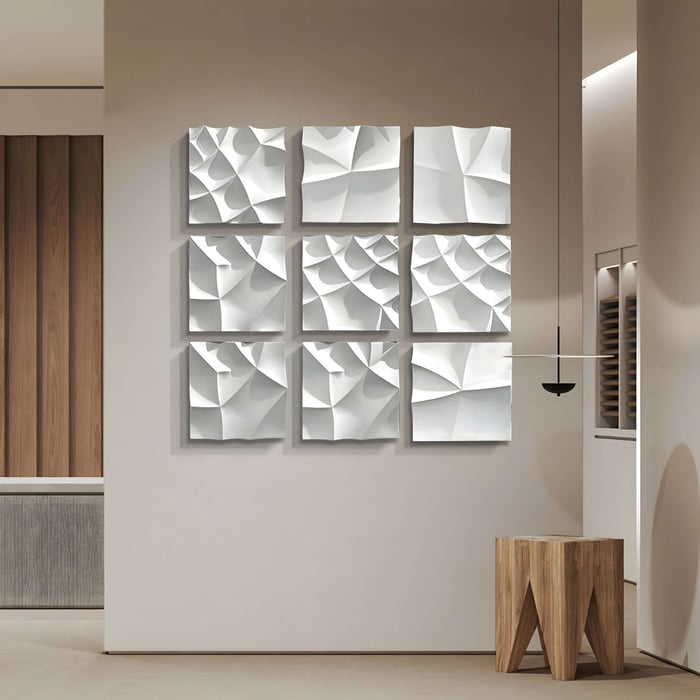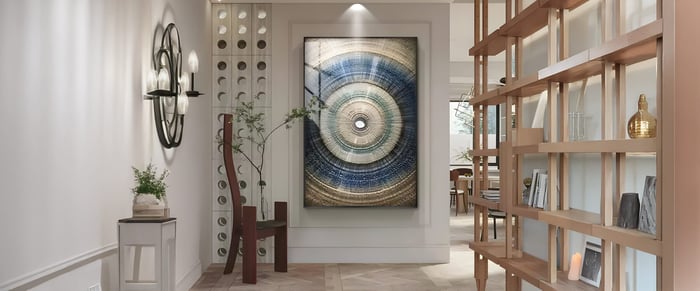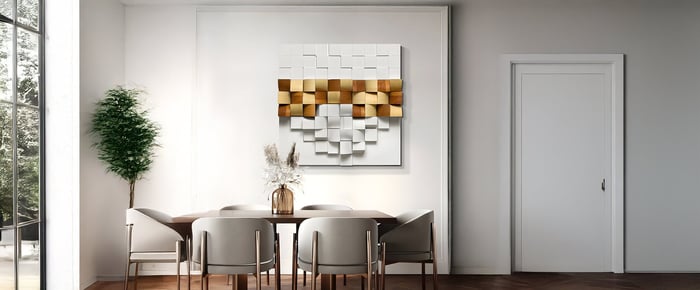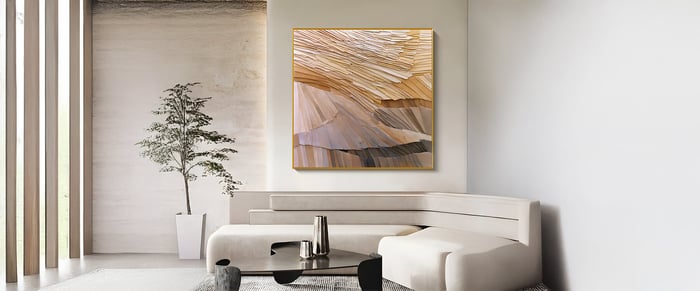Introduction
Have you ever paused to admire the subtle texture of a handmade tapestry or the slightly faded edges of a vintage canvas print? These gentle imperfections often hold more charm than their flawless counterparts. This concept sits at the heart of Wabi Sabi Art, a style rooted in Japanese culture that highlights natural simplicity, understated elegance, and the value of impermanence. By embracing authenticity over perfection, it helps us develop a more mindful appreciation of our surroundings.
In this article, you will learn how Wabi Sabi Art can enrich both residential and professional spaces. Discover methods for blending rustic elements with modern design, balancing muted palettes with organic textures, and selecting décor that reflects personal history. You will see how this aesthetic seamlessly complements various interior styles - whether you yearn for a cozy bedroom sanctuary, a refined dining area, or a welcoming office environment. Embracing this approach can help transform your walls into inviting canvases of tranquility and depth.
Understanding Wabi Sabi Art and Its Relevance to Wall Art
Originating centuries ago within Zen Buddhism, the Wabi Sabi Art aesthetic encourages finding beauty in the imperfect and the transient. It evolved through art forms like poetry and tea ceremonies, where authenticity was more precious than polish. Instead of striving for perfectly identical shapes or flawless surfaces, this philosophy finds grace in asymmetry, weathered finishes, and muted tones - features that remind us of life’s natural cycles.
Wall art designed or curated with Wabi Sabi Art principles in mind can serve as an antidote to the mass-produced uniformity often seen in contemporary décor. Pieces that display the passage of time, such as slightly cracked frames, gently worn canvases, or even handmade tapestries, exude a unique warmth. These elements resonate with anyone seeking a deeper sense of serenity at home or in the workplace. Though this approach has ancient roots, it remains relevant today as people look for ways to reconnect with nature and create inviting interiors that nourish well-being.
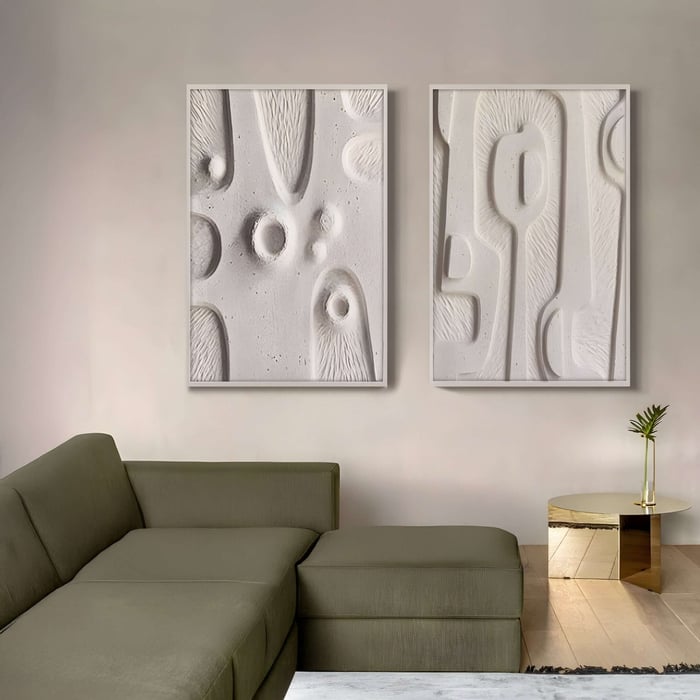
Core Values of Wabi Sabi Art
Three core principles help define Wabi Sabi Art:
Imperfection
Embracing flaws and variations can actually enhance a piece’s charm. You might display a painting with visible brushstrokes or hang a canvas that features rough, textured layers. Instead of concealing cracks or signs of age, these details become part of the art’s story.Impermanence
Recognizing that everything changes over time brings a sense of mindfulness. Faded colors on a tapestry, worn edges on a photograph, or even shifting shadows cast by mixed-media pieces can highlight this ever-evolving aspect of life.Incompleteness
Rather than focusing on a “finished” look, this perspective encourages you to appreciate a work of art as it is while still allowing for potential growth or transformation. A partially weathered wooden panel or a piece that evolves with each new coat of varnish captures this sense of ongoing evolution.
By integrating these principles into your wall art selections, you invite a balanced atmosphere that values authenticity and comfort.
Choosing Colors for Wabi Sabi Art
One of the most accessible ways to introduce Wabi Sabi Art to your walls is by selecting art that features natural fibers or muted hues. Pieces made with unbleached paper can bring soft texture and a sense of organic beauty to any space. Subtle color palettes - think beige, cream, soft grays, or gentle earth tones - underscore the peaceful, unpretentious quality of this design philosophy.
For instance, consider a wall-hanging made of loosely woven fabric that shows slight variations in thread thickness. The inherent imperfections in its weave become a subtle focal point. Similarly, choosing prints with hand-applied paint splashes or abstract watercolor washes can add a tranquil, earthy feel to a room. These understated tones create visual harmony and promote relaxation.
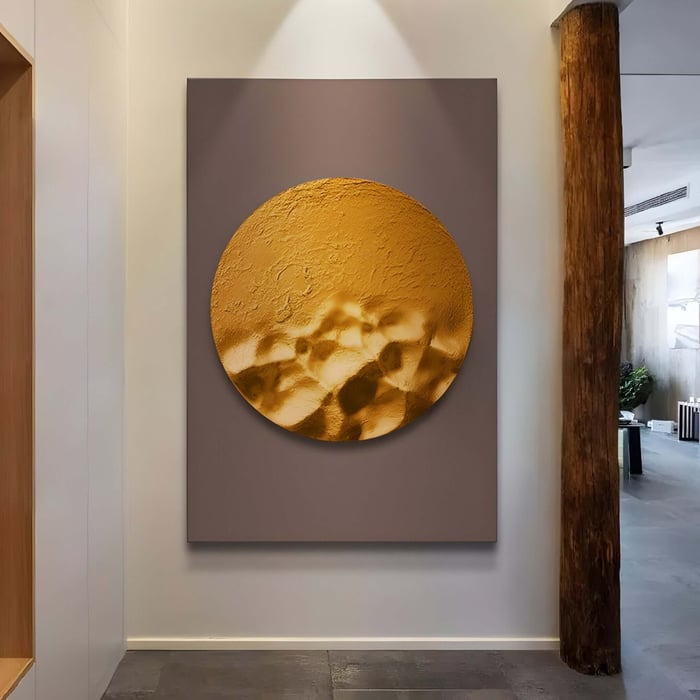
How Wabi Sabi Art Complements Contemporary Interiors
It might seem that sleek modern rooms and centuries-old aesthetics are at odds, but they can coexist beautifully:
Minimalist backdrops: Clean, neutral walls allow weathered frames or art pieces to stand out. A simple white or concrete-gray background makes each imperfection more noticeable in a way that feels intentional and elevated.
Contrasting materials: Pairing a modern metal shelf with a softly textured wall tapestry adds depth and visual interest. You might place a rough-hewn wooden panel next to a contemporary piece of abstract wall art, emphasizing the harmony between new and old.
Thoughtful curation: Rather than cluttering a wall with multiple decorative elements, select just a few distinctive pieces. This approach reflects the “less is more” mindset and highlights the unique qualities of each artwork.
By blending modern design simplicity with the warm authenticity of Wabi Sabi, you can create spaces that feel both current and timeless.
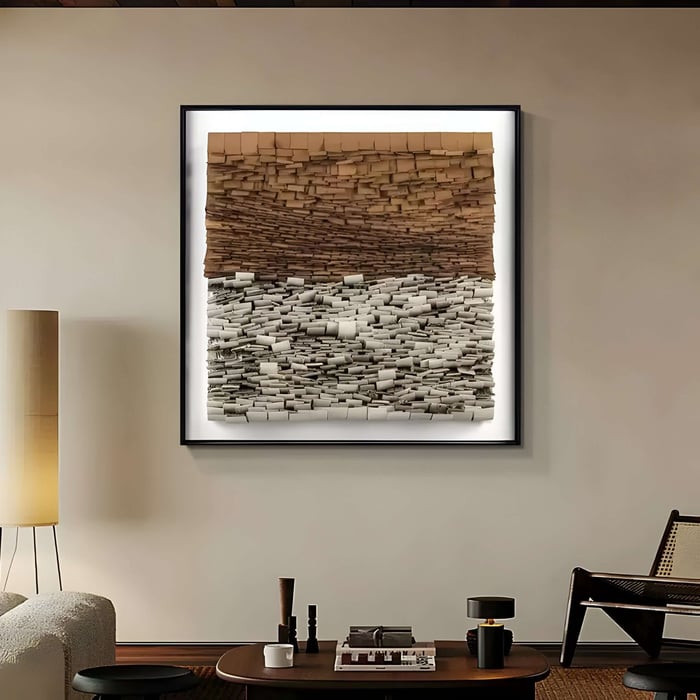
Ideas for Different Rooms
Bedroom Art
Opt for soft, textured wall hangings or muted watercolor prints to cultivate a soothing environment.
Consider a single statement piece - like a large, serene painting with natural elements =- above the headboard.
Use minimal accent lighting to highlight details like aged wood frames or delicate, uneven brushstrokes.
Dining Room Art
Mix and match handmade ceramic plates on the wall, showcasing slight variations in shape or glazing.
Hang vintage posters or botanical prints in distressed frames to spark conversation during meals.
A gently worn or repurposed tapestry can introduce warmth and depth to your dining area.
Hallway Art
Greet guests with a carefully chosen piece that hints at the home’s overall style. A set of simple black-and-white photos in slightly tarnished metal frames can create a sense of understated elegance.
Keep it minimal. One or two items can have more impact than a crowded collage, emphasizing Wabi Sabi’s appreciation for open space.
Office Art
Choose art that promotes focus and calm, such as minimal abstract prints or soft, nature-inspired motifs.
A salvaged wooden bulletin board or reclaimed cork panel can provide a functional yet charming surface.
Hang a single large piece with a textured or distressed finish behind your desk to lend the room a sense of purposeful creativity.
Striking a Balance: Negative Space and Subtlety
One hallmark of Wabi Sabi Art design is its use of negative space. Rather than filling every inch of a wall, leave breathing room around your art so its characteristics can truly shine. This quiet aesthetic helps direct the gaze where you want it. Neutrals - like cream, beige, gray, and light browns - help maintain a restful mood that aligns with the core Wabi Sabi principles of imperfection, impermanence, and incompleteness.
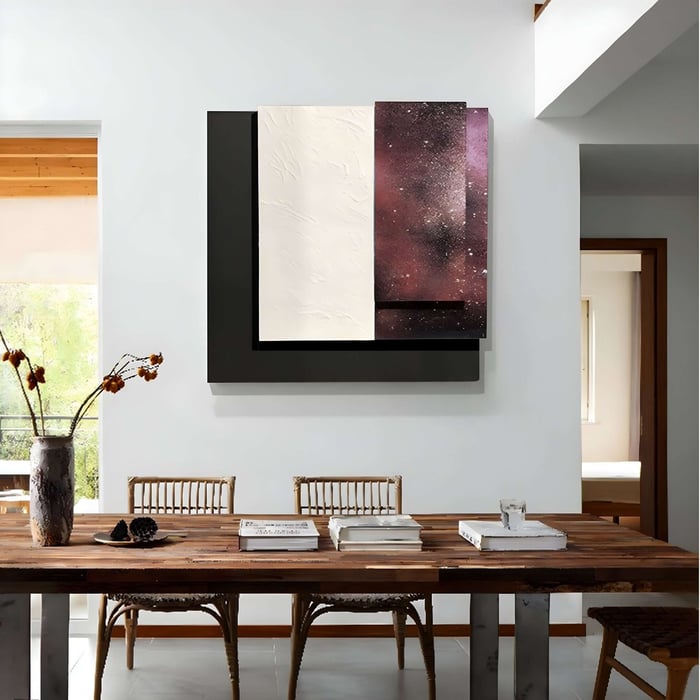
Extending Wabi Sabi Art Beyond Interior Walls
Wabi Sabi needn’t stop at your interior walls. Outdoor patios, garden walls, or entranceways can also benefit from a similar ethos:
Weathered finishes: Consider adding earthenware plaques or rustic wooden signs that harmonize with natural surroundings.
Natural materials: Stone or terracotta pieces in subtly irregular shapes or with slight cracks can make patios feel more inviting.
Blurring boundaries: A simple driftwood or bamboo fence can help blend the transition from indoor to outdoor spaces, reflecting a seamless appreciation for nature’s organic shapes and textures.
The Lasting Allure of Wabi Sabi Art
Wabi Sabi Art endures through changing trends because it speaks to our inherent longing for authenticity. While design fashions come and go, the respect for age, simplicity, and organic textures never truly falls out of favor. This style also bridges mindfulness and home décor, encouraging us to notice the subtleties we often overlook in a fast-paced world.
Whether you preserve a cherished family heirloom as a centerpiece on your living room wall or upcycle reclaimed wood into a picture frame, each piece adds to the narrative of your home. Sometimes, minimal changes - like swapping out a perfectly new frame for one that’s slightly worn - can infuse fresh warmth and character into a room.
Welcoming Guests into a Space of Calm
Walls curated with Wabi Sabi Art elements often prompt guests to pause and appreciate the artistry of each imperfection. It’s a design choice aimed at fostering relaxation rather than commanding attention. Yet the resulting ambiance remains elegant and refined in its simplicity.
For those intrigued by this aesthetic, plenty of resources exist to guide your exploration. Whether you’re browsing our curated wall art collections, reading further articles on mindful design, or experimenting with different materials, Wabi Sabi invites you to discover how life’s imperfections can be a source of beauty and tranquility. By integrating a few carefully chosen pieces - be they aged fabrics, rustic wooden frames, or softly textured paintings - you can transform your walls into serene and inviting backdrops for everyday life.
Final Thoughts
By shifting your perspective to value the subtle beauty in imperfection, you can fill your home or office walls with art that nurtures peace and connection. A simple, slightly worn canvas or a salvaged-wood-framed print can bring a sense of profound calm to your everyday routines - an ever-present invitation to slow down, take a breath, and appreciate life’s perfectly imperfect moments.
